|
Last month PR industry leaders across the North East reconvened at the CIPR North East Strategic Communicators Forum to again discuss and debate what we have learnt during the pandemic so far. Taking forward the key elements of the previous event discussion cantered around four key areas, when forum members again shared good ideas, and considered how to enhance the value of communications to our organisations, and our region. The overarching takeaway for me from listening to everyone’s experiences of communication in 2020 is that we should aim to be human, not perfect, as communicators. Key areas discussed
Personal Leadership and Wellbeing & Professional PR Leadership Key challenges from the pandemic include focussed on logistical and practical issues relating to change driven by the pandemic as well recruitment and ethical issues
Evaluating Impact Measuring impact is no less important during a pandemic and is integral to successful crisis communication but challenges discussed included
Collaboration One of the benefits of 2020 has been to joined-up thinking and partnership approach to working in the region, including between competitive organisations. To manage the extended crisis situation, it has been necessary to collaborate. We have all been in it together but with different objectives would collaboration be so easy, effective, or welcome. So how do we keep this collaboration going beyond Covid?
The forum will continue in 2021. Date for your diary the first forum will be on Friday 29 January. Look out for more information in the New Year. North East Strategic Communicators ForumThe Chartered Institute of Public Relations (CIPR) North East Regional Group has created a series of professional development and networking events for senior / strategic professionals in the North East's PR & communications industry. If you are the person with overall responsibility for communications in your organisation and you are interested in the forum please tweet or DM @CIPR_NorthEast or email Deb Sharratt.
Further events for strategic communicators from CIPR North East via the North East Strategic Communications Forum are planned throughout 2021. CIPR North East also has a various training, networking and social events across the year for all PR practitioners. Follow @CIPR_NorthEast on Twitter or LinkedIn to keep up to date.
0 Comments
This week I was teaching students all about networks. From our pre-pandemic memories we could all tell stories of attending formal networking meet ups. From the ones which we’d vowed never to attend again, to those we didn’t want to leave. Good or bad they provided a learning experience. An opportunity for self-reflection. A chance to meet new people, on both a personal and business level, and expand our own network. Pre-pandemic, most networking we'd thought of as in-person, where we lived or worked. NetworkingTaking networking online is not easy. Replicating face to face networking online is hard - you can’t have a casual 1-2-1 chat, the incidental comment whilst getting your coffee, to lingering around at the end to make contact with a certain individual. It’s not possible. I’ve tried it just doesn’t work the same. This doesn’t mean that online events haven’t been good. I’ve attended many throughout 2020 by speaking at some, being on a panel at others and a passive viewer at others. There are some great online communities on social media platforms. All offering many learning opportunities but not so much networking or opportunities for relationship building. Online networkingSo how do we replace the support and guidance from others with similar experiences we used to seek from networking events? We create new ones that work for us as individuals. I hadn’t realised it until speaking to my students this week when I started to talk about The PR Inn, that it is my number one networking activity at the moment. (Plus a bit of #TimsTwitterListeningParty - but that is a whole new conversation). The PR Inn - what is it?The PR Inn is a small, evolving, group of PR practitioners from different nations, sectors and areas of practice, but who chat over Zoom on a Friday night. This weekend was the 33rd PR Inn - that means for 33 weeks of working from home, limited physical contact and no face to face meetings there have been friendly faces on a screen, who were not people I taught or worked with, for or managed, but still understood all of the challenges that had faced me as PR Practitioner, but also as a person, that week. Some are parents, some are not. Some are single, some are not. We span a couple of decades and have different backgrounds. At one time or another we have all been in different tiers and under different COVID restrictions. What do we all have in common? We care, we are supportive and are accepting. Over the weeks around ten people have been part of PR Inn. Some regulars, some less frequent - it doesn’t matter just like in any community space. It’s evolved organically. Some have been there from the start - it began as a one-off zoom chat that we found helpful and wanted to repeat. Some involved have decided it wasn’t for them or clashed with other online or offline activities. Others have seen comments on Twitter, asked more and joined in. It’s private but not exclusive - just like making conversations with neighbours in the pub - sometimes they develop, sometimes not. I equate it to meeting your mates in a pub on Friday night (although those days seem so long ago) except now I don’t need a babysitter and those mates can be miles away. Yes, there is often alcohol involved but not all attendees do drink, although on occasion we may have drunk too much. Nothing better though then the realisation you can be in bed in less than two minutes after closing time. If you need or want to talk you can, or you can just listen. Just like going to your local you don’t have to get dressed up. No-one cares whether you are glammed you or in your dressing gown. You might be eating, doing your laundry, catching up on emails or just chilling out - it doesn’t matter. What makes the difference to everyone else on the video call, is that you are there. Convesrations with friendsWhat do we talk about? There is no schedule, agenda or forced fun. Again think those pub conversations or a chat over coffee - what have you been up to this week? how’s work? home? kids? can you suggest a ...? has anyone been here ...? sharing of our life stories, we've seen each other’s pets, used Google maps to see where we all grew up (yes, that exciting), showed photos of what we looked like in our younger days, and discussed kayaking. The things that are currently missing from so many lives at the moment. And of course as PR professionals what’s happened in the news that week. And this year there has been plenty of that. Is The PR Inn for everyone? No. Should everyone have their own version of PR Inn? Yes. This may have been the year of self-isolation and social distancing but for me it has also been the year of friendship and support and relationship building that will last long beyond Covid.
A group of 25 PR industry leaders from the North East came together last week at the CIPR North East Strategic Communicators Forum to discuss and debate what we have learnt during the pandemic so far, share good ideas, consider how to enhance the value of communications to our organisations, and our region. The event also raised £100 for iprovision Communicators have a more important role than ever The last six months have shown the truth of a fundamental PR principle … to keep communicating and being proactive. Organisations which moved quickly and confidently to digital channels for either internal or external communications speak of impressive results. But the impact of the pandemic is much more profound. As one forum member said: “The ‘crisis’ is not Covid but the permanent change to society it has brought, and the new demands that places on our profession.” From day one of lockdown a big challenge for communicators has been avoiding fatigue whilst trying to keep pace with changing Government advice. It has been essential our audiences and stakeholders receive swift and accurate information, which has meant keeping pace with the announcements, making sure the needs and priorities of the organisations we represent are still reflected, and ensuring we are involved and influencing not just the messages but the actions of our leadership teams. And this means there is greater top table recognition of the range of benefits communications can deliver. Its value and worth as a strategic management discipline have come to the fore. We are seen to be adding value. At the forum Lucian Hudson reminded us of a second fundamental principle when he said: “Communications is about being human. There is so much to do but we are not just human doings we are human beings, and we need to get the human side right to get anything else right,” This means understanding the mood of our audiences to use the right tone. Communicators need to be mindful of the way other people feel, consider feedback, appreciate difference yet work for common ground. As we leap towards digital channels, Zoom meetings and fast-changing yet critical public information, are we remembering this? It is not just technology that is important to getting a message across – it also requires effective culture, processes, leadership, and teamwork. Campaign, Collaboration and Change Lucian Hudson, the new Director of Advancement and Communications at Durham University, and his colleagues Claire Whitelaw and Rachael Richards began the forum by exploring how we might not just respond to the impact of coronavirus, but plan for a future in which the profession has a more important role than ever for the organisations we serve. Lucian’s approach with the team at Durham University has been built on three principles: Campaign, Collaboration and Change, summarised in the accompanying slides. So what did we learn … Forum members broke into small groups to discuss these principles further, and share their experience of the pandemic, across sectors and organisations, in a unique way. 1. This is an unprecedented crisis
2. It is taking a toll on individuals and teams
3. We are in it together
4. We need to turn quantity into quality
5. Internal communication is of utmost importance
Four key themes came out of the day:
These will now be taken forward and discussed and debated in more detail at our follow up forum event in November when forum members can again join small groups to share experiences and learn and exchange ideas with colleagues on the big challenges for today. North East Strategic Communicators ForumThe Chartered Institute of Public Relations (CIPR) North East Regional Group has created a series of professional development and networking events for senior / strategic professionals in the North East's PR & communications industry. If you are the person with overall responsibility for communications in your organisation and you are interested in the forum please tweet or DM @CIPR_NorthEast or email Deb Sharratt.
Further events for strategic communicators from CIPR North East via the North East Strategic Communications Forum are planned throughout the year. CIPR North East also has a various training, networking and social events across the year for all PR practitioners. Follow @CIPR_NorthEast on Twitter or LinkedIn to keep up to date. Earlier this week I did a workshop in bricklaying - it was the first session in a short DIY course for women. When I signed up, I didn’t think for one minute I’d start comparing laying bricks to public relations - but I discovered that is exactly how my mind works. What could PRs learn from bricklaying? |
| Further events for strategic communicators from CIPR North East via the North East Strategic Communications Forum are planned throughout the year. To get involved tweet or DM @CIPR_NorthEast or email CIPR North East Vice Chair Deb Sharratt. CIPR North East also has a various training, networking and social events across the year for all PR practitioners. Follow @CIPR_NorthEast on Twitter or LinkedIn to keep up to date. |
This week I start back to work properly in 2019, but taking the time during the first few days of the year, to look back at 2018 last week has really shown me how much commitment and effort I've put into developing myself both professionally and personally.
In addition to my day job as both a PR practitioner & lecturer, and a lifestyle blogger, in 2018 I've attended industry events and conferences, hosted a webinar for Vuelio, spoken at the Mojo Nation conference, written for the CIPR Influence online blog, organised the #CIPRNorthernConf, held the elected positions of Vice Chair and Social Media Manager for CIPR North East and organised the #PRideNE awards where I also won an award as Outstanding PR Practitioner in the North East.
CPD takes time and effort but is worth it. I started my Chartered Institute of Public Relations (CIPR) CPD after returning to work after maternity leave (at the time being on maternity leave didn't exempt you from having to accrue CPD points - thankfully that has now changed and you can read the CIPR Maternity Leave Package here).
In addition to my day job as both a PR practitioner & lecturer, and a lifestyle blogger, in 2018 I've attended industry events and conferences, hosted a webinar for Vuelio, spoken at the Mojo Nation conference, written for the CIPR Influence online blog, organised the #CIPRNorthernConf, held the elected positions of Vice Chair and Social Media Manager for CIPR North East and organised the #PRideNE awards where I also won an award as Outstanding PR Practitioner in the North East.
CPD takes time and effort but is worth it. I started my Chartered Institute of Public Relations (CIPR) CPD after returning to work after maternity leave (at the time being on maternity leave didn't exempt you from having to accrue CPD points - thankfully that has now changed and you can read the CIPR Maternity Leave Package here).
More Than A Label
After two years continuous CPD all CIPR members can attain Accredited Practitioner status. This is a status I've now retained for 5 years. But it's much more than just a label and here is why.
1. Step Out of Your Comfort Zone
It's all too easy just to keep on doing the same thing all the time. No matter how successful you are at it. However to grow as a person and as a professional then you need to challenge yourself. In 2018 I spoke at a national conference for the very first time with a colleague. Yes it was nerve-wracking, yes it was quite scary. I was named and promoted as a speaker; and that felt really strange but also rewarding; however once I stepped onto the stage the nerves went.
Co-hosting a webinar for Vuelio was both an unnerving and exciting proposition. Not being able to receive any verbal or physical feedback from your audience as you speak really makes you think about what you are saying and doing. I was very glad when it was over but also very glad that I'd done it. My biggest tip is to make sure you are speaking about something you understand well, are passionate about and wiling to debate. The feedback after both sessions whether on stage or online were both big confidence boosters. Taking a 'risk' is a great way to grow.
Co-hosting a webinar for Vuelio was both an unnerving and exciting proposition. Not being able to receive any verbal or physical feedback from your audience as you speak really makes you think about what you are saying and doing. I was very glad when it was over but also very glad that I'd done it. My biggest tip is to make sure you are speaking about something you understand well, are passionate about and wiling to debate. The feedback after both sessions whether on stage or online were both big confidence boosters. Taking a 'risk' is a great way to grow.
2. Learn New Skills
Through blogging I have discovered so much about SEO and coding that I never would have learnt through my day job. The ethics of which are a daily challenge it has to be said, but my lifestyle blog has made me understand the skills and writing abilities required to enable my clients to perform better in this respect too. Over Christmas I've also re-branded, researched font trends for 2019, (outline fonts with their modern, industrial look makes brands look cutting-edge and mature - apparently), analysed the website data and evaluated the content in terms of readers wants and needs - all of which has taught me new skills.
3. Get Involved
Whether it is attending an event, volunteering on a committee or standing for election, getting involved with a professional body such as the CIPR is worth it. Aside from the personal and professional development, some of my closest friends are people I've met through volunteering with CIPR, who are a great support both personally and professionally. We all need people to lean on from time to time. Yes they are colleagues, but more than colleagues, they are people with similar values, aims and objectives to you, who understand what you do on a day to day basis, which makes for better mutual understanding all round.
4. Join the Conversation
Many people, including me can be quite hesitant about joining online discussions and debates. Especially on Twitter where females are regularly verbally attacked just for having an opinion. I've facilitated Twitter chats before for CIPR North East however joining in other established chats is not so easy, especially when you don't personally know the other regular participants. In 2018 I've joined in with Ella Minty's #PowerandInfluence, #UKBlogHour, #CommsChat, as well as #CIPR specific ones on #AIinPR. These have not only helped me develop new relationships with PR professionals but also increased my knowledge and (hopefully) improved how I communicate on social media - well apart from posting cat gifs and retweeting Peanuts on this day tweets. Contact online forums and professional blogs too such as CIPR's Influence Online and join the conversation there by offering to write for them too.
5. Give Back
Not everything we do in our careers has to be about earning money. Yes most of us need to earn a living but only doing things because you are being paid to do it isn't always that healthy a mindset to have. Well not for me anyway. Choosing to take on a project or role without monetary reward is really beneficial and I wish I could afford to do it more often. Organising conferences, awards event and helping to support others is a great way to develop yourself, and when you can support those in need of vital help at the same time, such as encouraging donations to a local foodbank (an idea first suggested by Stephen Waddington that we've continued) or donations to the CIPR's IPRovision at our awards night, makes it even more worthwhile.
Be Committed to Professional Development
Being independent means not having senior colleagues to learn from, to mentor us, to coach and challenge us. But we can still learn every day from clients and colleagues within the sector. So for me having a personal commitment to professional development is a must for independent practitioners to continue to deliver the best possible service to their clients. This is one of 9 key challenges I've identified in becoming a successful independent practitioner.
It all makes a difference and helps you grow personally and professionally. And in 2019 I'm really looking forward to joining CIPR Council.
Don't forget if you are a CIPR member you have until 28 February 2019 to log at least 60 CPD points in this cycle.
Thanks for reading, Deb
Don't forget if you are a CIPR member you have until 28 February 2019 to log at least 60 CPD points in this cycle.
Thanks for reading, Deb
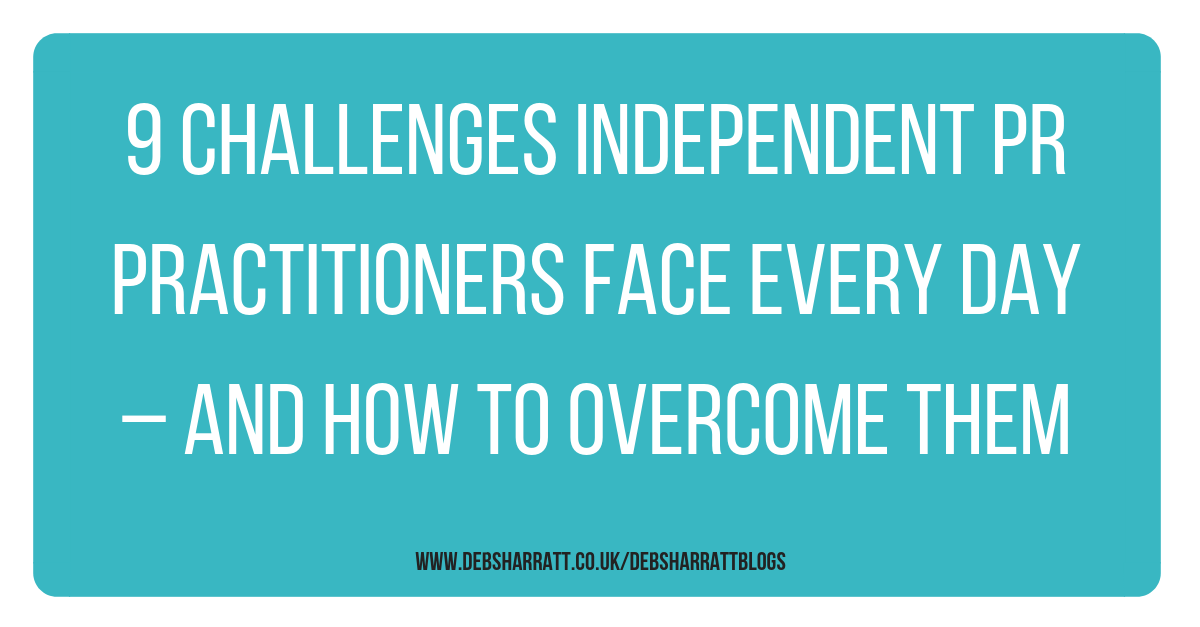
I’m about to celebrate my 8th anniversary as an independent PR practitioner. It’s not a role I chose. It was after redundancy, and the need for a flexible working environment, with two small children at home. However, I wouldn’t change a thing. I've worked with some amazing people and clients. I've grown and developed far more as a person and a professional than if I’d remained employed. And I’ve won three CIPR Gold Pride Awards for clients and myself as an independent. I am currently nominated as Best Independent PR Practitioner in the North East in this year’s Pride Awards (fingers crossed for next week). I've also been able to play an active role in the Chartered Institute of Public Relations during this time, and in January I'll join CIPR Council.
However, it’s not always easy, and after 8 years working independently here are 9 challenges that I've found that independent practitioners face every day, yet need to overcome to be successful.
9 Challenges Independent PR practitioners Face Every Day
– and how to overcome them
Cash Flow
Essentially, how much you earn, and when. I like to give it a business term because that’s what it is. When you work for yourself, your mindset needs to change from being an employee, with a regular salary and benefits, to that of a business. Because that is what you are, a one-person business. Whether you are a limited partnership or a sole-trader it doesn’t matter. When I began working independently, finding myself without all of the support functions around you, that I had been used to, I took a qualification in Business Finance and Project Management. My biggest piece of advice is to think about your work as a business, ensure you forecast and project cash flow, look at income over an entire accounting period rather than monthly and slowly you will start to be less stressed and anxious, as you start to see yourself as an independent practitioner, rather than a freelancer in between jobs.
Learn to say no
My most empowering moments as an independent practitioner has been when I’ve said no to contracts. Lucrative contracts too. Be it for ethical or logistical reasons it reminds you of one of the benefits of being independent. You are your own boss and you do not have the responsibility of having to pay other people’s salaries and that is really liberating. Yes it’s very hard, not knowing what may be around the corner, but that is where business planning really helps.
Resigning Clients
Just like a larger business may need to fire employees and resign accounts, independents are the same. I have a couple of clients I have now worked with for over seven years and we have grown together. However, some clients who were great to work with in the early days, are not the right fit for my business going forward and long-term. This is never an easy decision, and the choice between turning down guaranteed income for long term gain is a strategic decision that does need to be made. Weigh up all the benefits and really evaluate if you are still the right fit for their business too.
Risk
Putting all your eggs in one basket and taking on a freelance role that is really the equivalent of being an employee, just without the benefits is a risk to me. It can seem like a good idea, and does work for some people, but is risky. I’ve not been in the position of working for only one client at a time, to me that’s been a contract worker rather than an independent practitioner, however I had one client that accounted for the majority of my income. But following austerity cuts, all freelance contracts were cancelled, and this work went overnight. Thankfully, I had a contingency budget (see insurance) and I re-structured my business to include training, blogging, associate work and my own independent PR & Marketing services, so that in the future any external factors that were out of my control would not have such a big impact.
Insurance
If you get ill or want to take maternity or paternity leave what would you do? If you lost a big contract overnight how would you cope financially? A well as business insurance and professional indemnity I also have insurance cover should I not be able to work for health reasons and also a savings account, cash in the business as it were, to see me through any downtime. It’s essential to plan for the unforeseen especially if you have family commitments and being part of a Professional Association can also help you access these policies.
Holidays
Everyone needs a break from work but planning this can be difficult. It’s not so simple as putting in your holiday form and taking off. You have clients for whom you still need to provide a service. Simple measures to put in place are to forewarn clients ahead of the time, prepare them in advance for anything you know is going to happen, and robust procedures for dealing with the unexpected. It also helps to have a trusted practitioner on stand-by should the worst happen. I always give my clients the option of contacting me in an emergency, but making them aware of where I am. To date I've not had a call.
Putting all your eggs in one basket and taking on a freelance role that is really the equivalent of being an employee, just without the benefits is a risk to me. It can seem like a good idea, and does work for some people, but is risky. I’ve not been in the position of working for only one client at a time, to me that’s been a contract worker rather than an independent practitioner, however I had one client that accounted for the majority of my income. But following austerity cuts, all freelance contracts were cancelled, and this work went overnight. Thankfully, I had a contingency budget (see insurance) and I re-structured my business to include training, blogging, associate work and my own independent PR & Marketing services, so that in the future any external factors that were out of my control would not have such a big impact.
Insurance
If you get ill or want to take maternity or paternity leave what would you do? If you lost a big contract overnight how would you cope financially? A well as business insurance and professional indemnity I also have insurance cover should I not be able to work for health reasons and also a savings account, cash in the business as it were, to see me through any downtime. It’s essential to plan for the unforeseen especially if you have family commitments and being part of a Professional Association can also help you access these policies.
Holidays
Everyone needs a break from work but planning this can be difficult. It’s not so simple as putting in your holiday form and taking off. You have clients for whom you still need to provide a service. Simple measures to put in place are to forewarn clients ahead of the time, prepare them in advance for anything you know is going to happen, and robust procedures for dealing with the unexpected. It also helps to have a trusted practitioner on stand-by should the worst happen. I always give my clients the option of contacting me in an emergency, but making them aware of where I am. To date I've not had a call.
Colleagues
Having colleagues can be a blessing and a distraction, being independent, means you can have the best of both worlds. You can in the main keep out of a lot of office politics, and that is such a relief, but it can feel lonely for some. Having a role that involves talking to people helps but there are also many business and professional networks, workshops and training sessions where you can meet other people in person, bounce ideas around and have conversations. There are also online forums where you can brainstorm and check out ideas with other like-minded people. Working independently doesn’t have to mean working alone.
Professional Development
Being independent means not having senior colleagues to learn from, to mentor us, to coach and challenge us. But we can still learn every day from clients and colleagues within the sector. Having a personal commitment to professional development is a must for independent practitioners to continue to deliver the best possible service to their clients.
Workload
Managing your workload and not taking on too much can be a challenge. Some weeks you may not have that much to do – to be honest I long for these weeks. I’ve got a long list of planning and development activities that I want to undertake but just need to find the time. However, some weeks I’ve charged the equivalent of 9 days per week – working weekends and evenings as projects have coincided. It’s not sustainable but do-able in the short-term if you know when it is going to end. The plus side to this is being able to set your own hours. Unless I’m in a meeting or teaching I can do the school run morning and night, if necessary. I can attend school plays, sports days without having to take annual leave, and at least three mornings a week I go swimming when the local gym is quiet. It’s also easy to meet up with friends for lunch when you all manage your own time.
Anything I've missed?
Deb
Having colleagues can be a blessing and a distraction, being independent, means you can have the best of both worlds. You can in the main keep out of a lot of office politics, and that is such a relief, but it can feel lonely for some. Having a role that involves talking to people helps but there are also many business and professional networks, workshops and training sessions where you can meet other people in person, bounce ideas around and have conversations. There are also online forums where you can brainstorm and check out ideas with other like-minded people. Working independently doesn’t have to mean working alone.
Professional Development
Being independent means not having senior colleagues to learn from, to mentor us, to coach and challenge us. But we can still learn every day from clients and colleagues within the sector. Having a personal commitment to professional development is a must for independent practitioners to continue to deliver the best possible service to their clients.
Workload
Managing your workload and not taking on too much can be a challenge. Some weeks you may not have that much to do – to be honest I long for these weeks. I’ve got a long list of planning and development activities that I want to undertake but just need to find the time. However, some weeks I’ve charged the equivalent of 9 days per week – working weekends and evenings as projects have coincided. It’s not sustainable but do-able in the short-term if you know when it is going to end. The plus side to this is being able to set your own hours. Unless I’m in a meeting or teaching I can do the school run morning and night, if necessary. I can attend school plays, sports days without having to take annual leave, and at least three mornings a week I go swimming when the local gym is quiet. It’s also easy to meet up with friends for lunch when you all manage your own time.
Anything I've missed?
Deb
ME
Indie kid & mum to 2 boys. PR, Uni lecturer & blogger at My Boys Club. Love music, sport, media, travel & politics.
Chartered PR Professional and CIPR Fellow. CIPR Vice-Chair - North East and CIPR Council 2019 & 2020.
Archives
December 2020
November 2020
October 2020
March 2020
May 2019
March 2019
February 2019
January 2019
November 2018
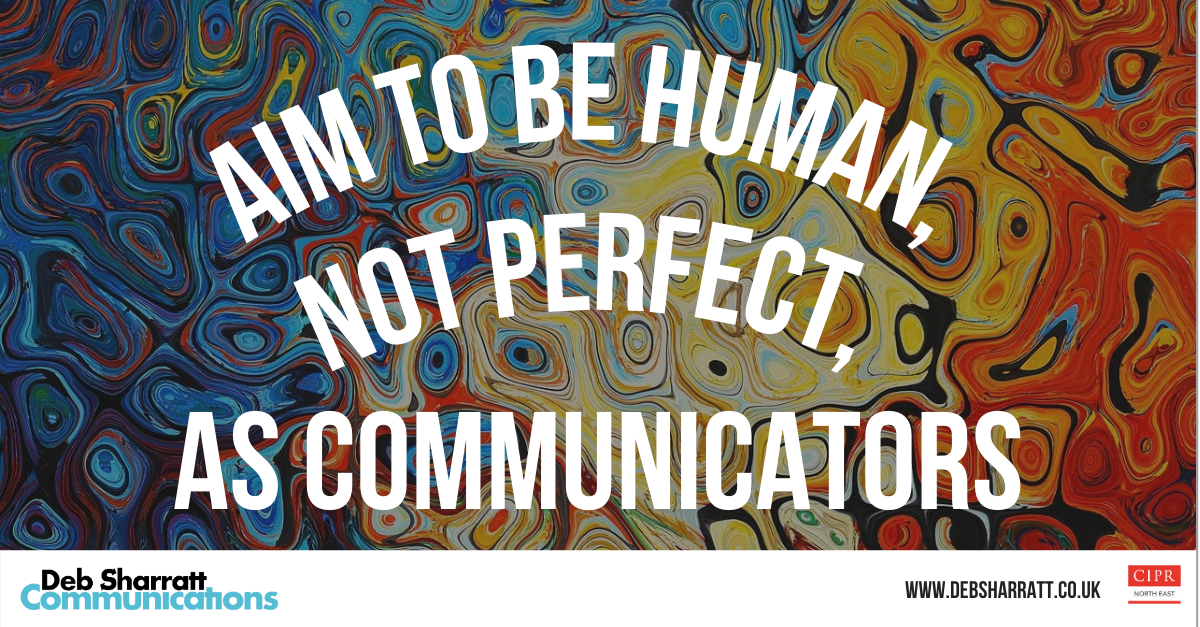


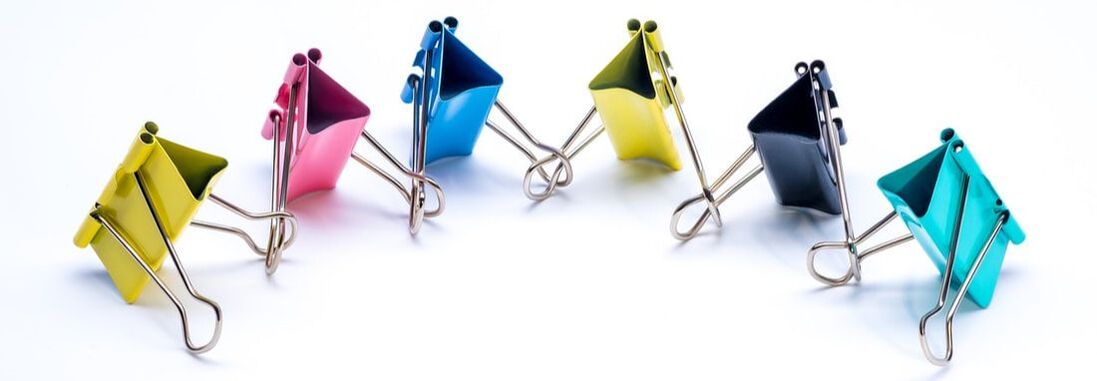
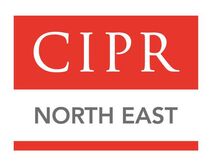
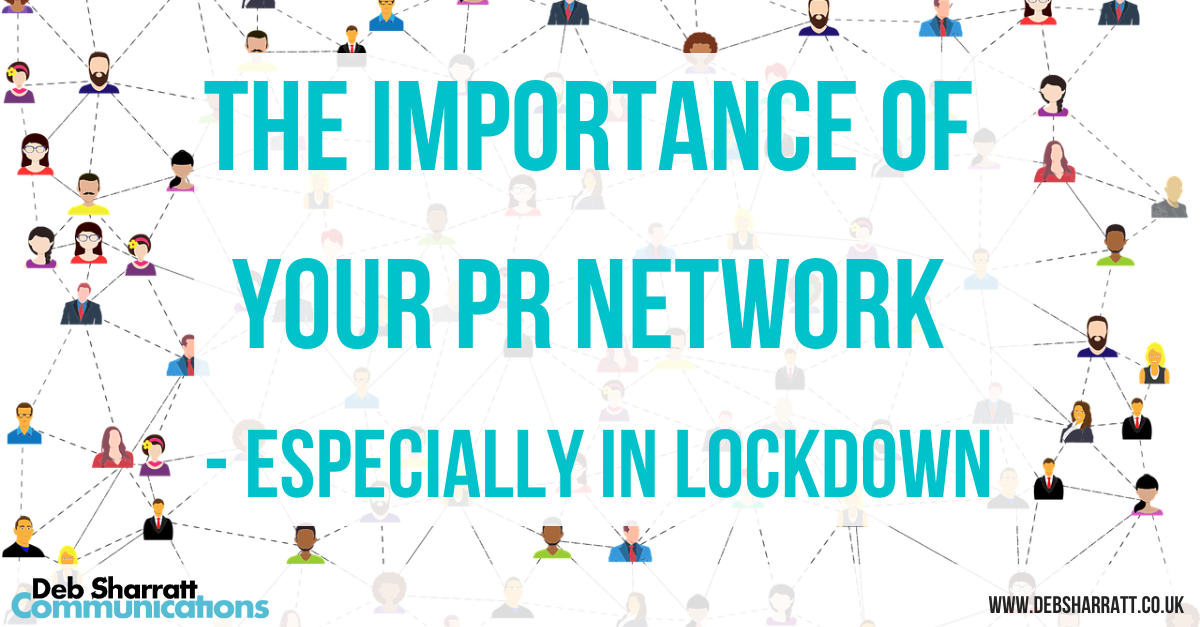



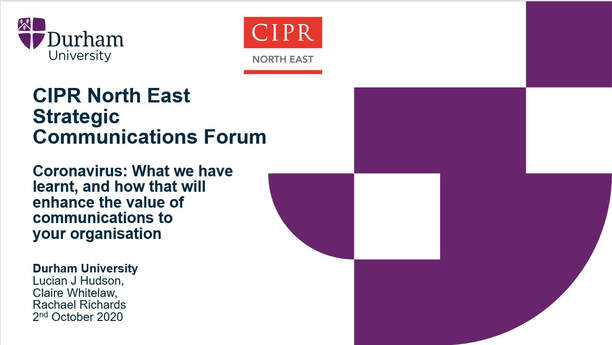
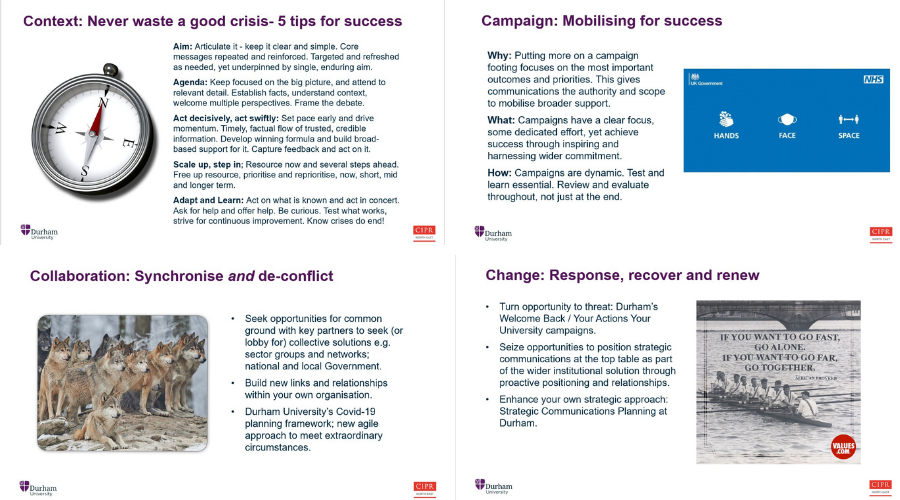
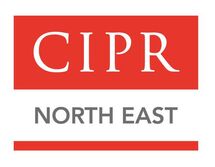
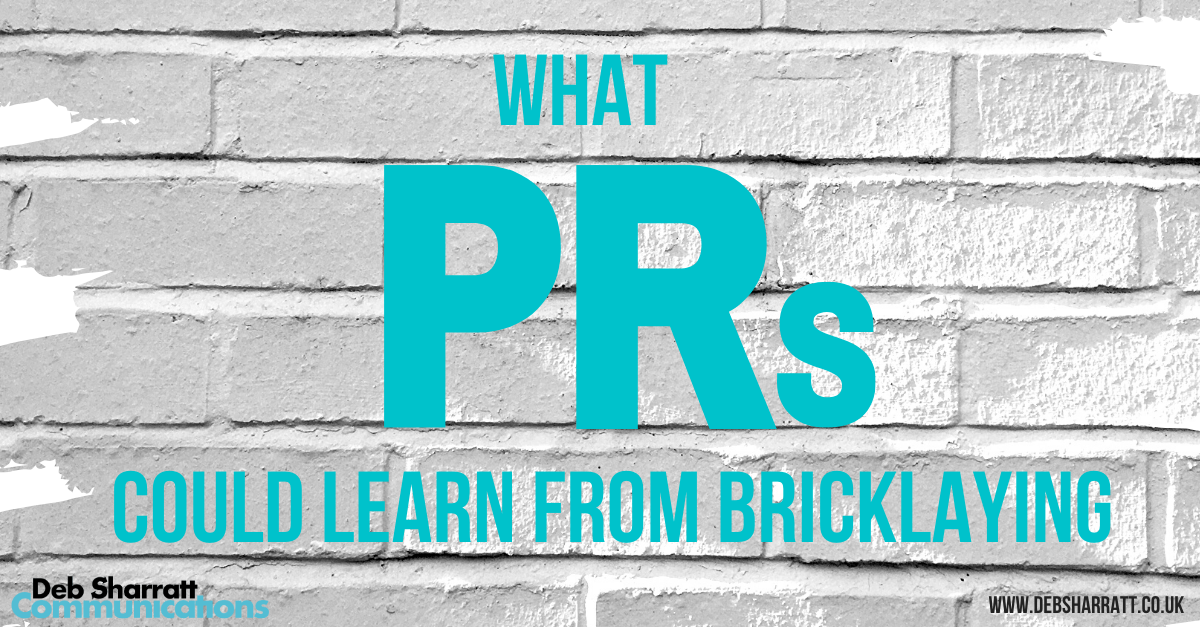
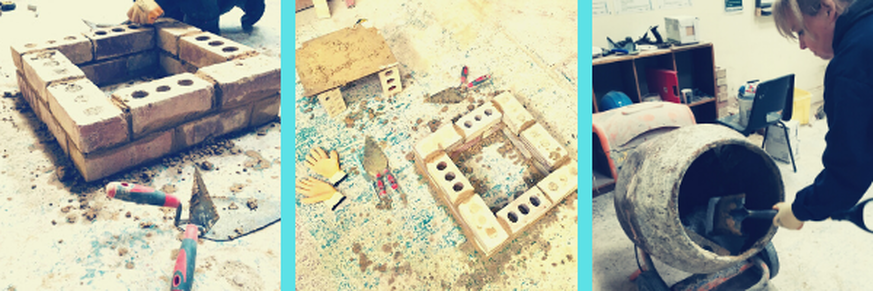
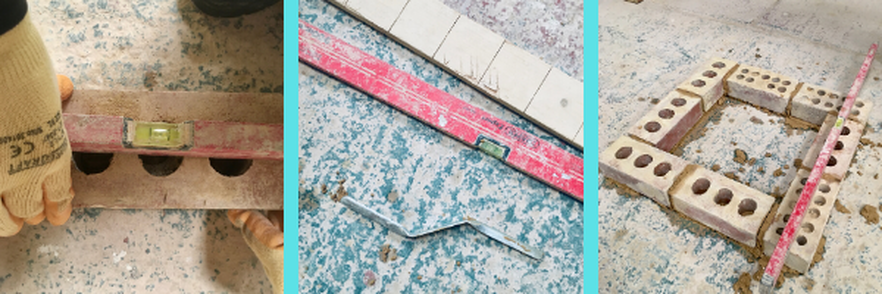

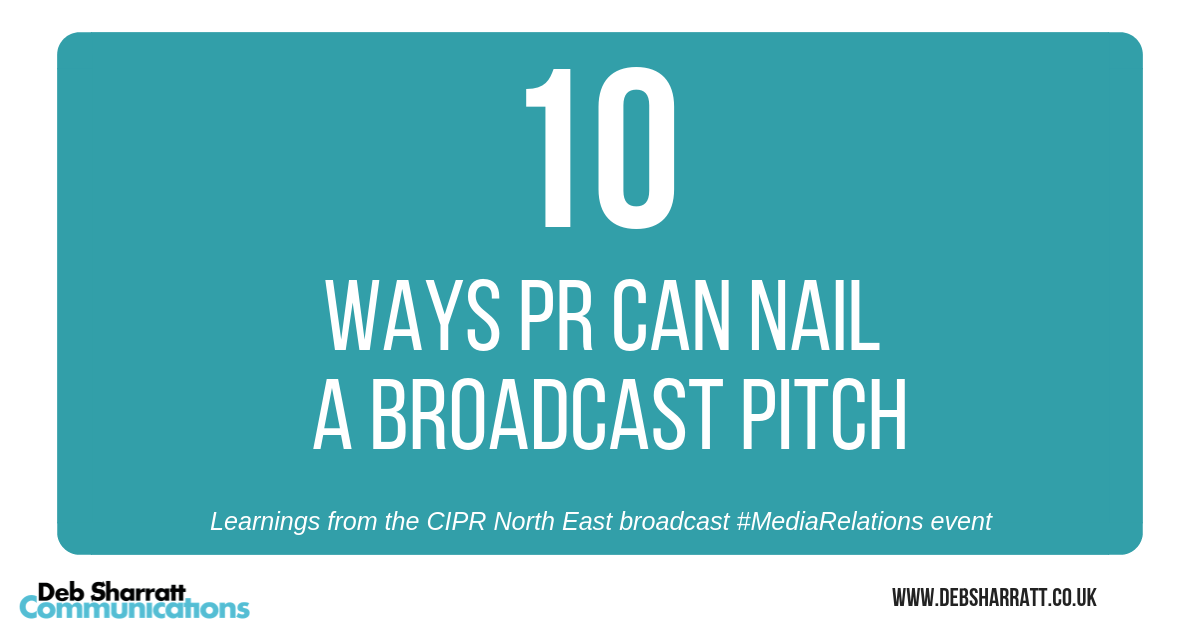
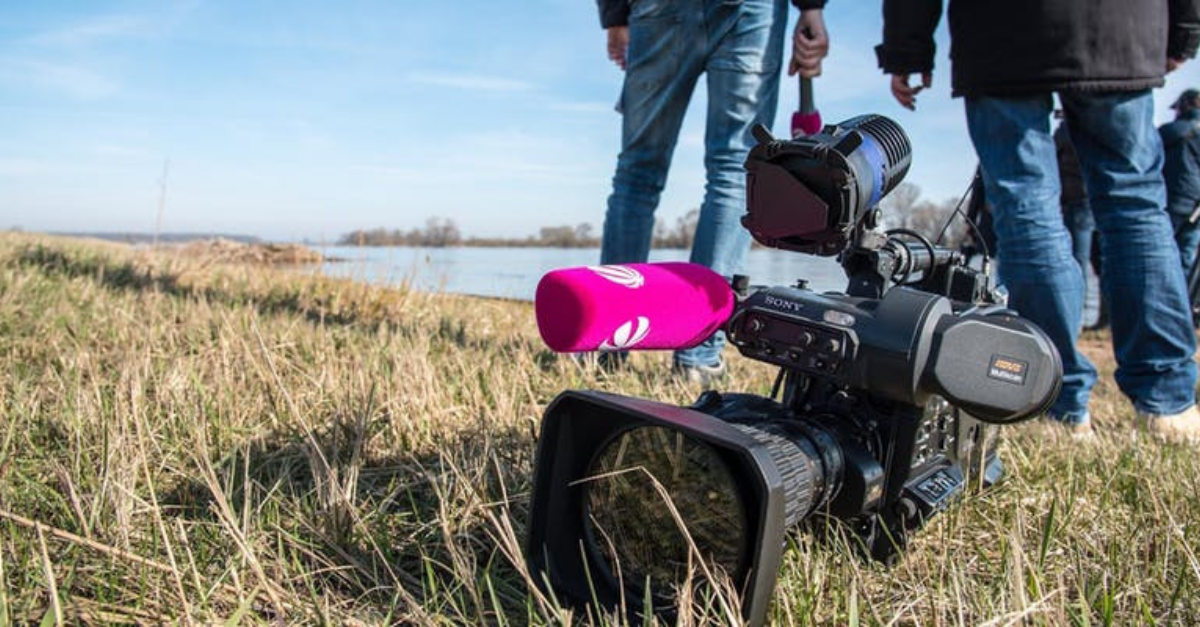

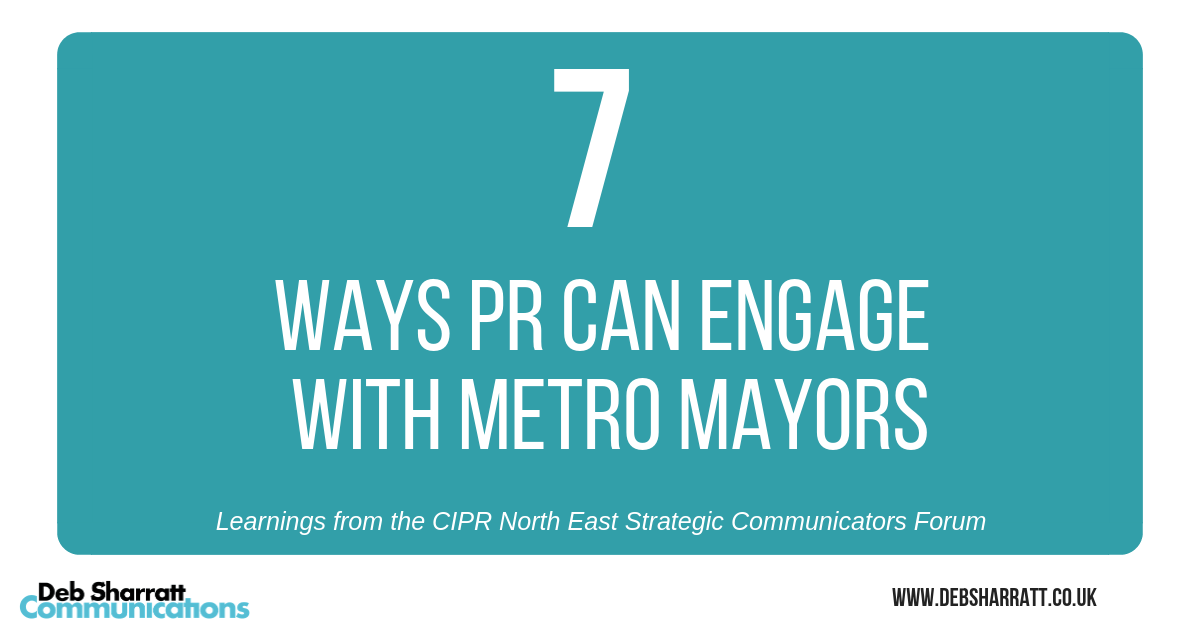
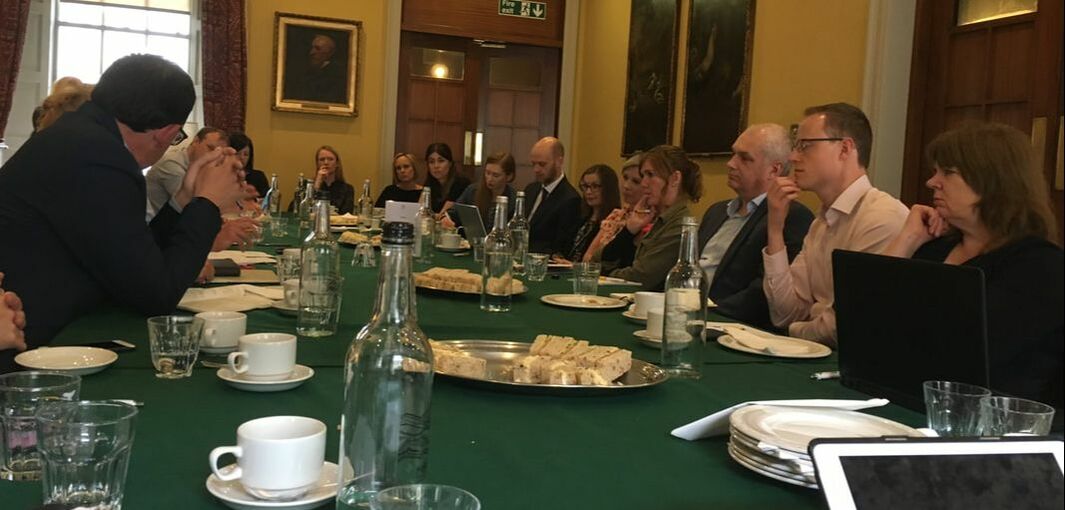
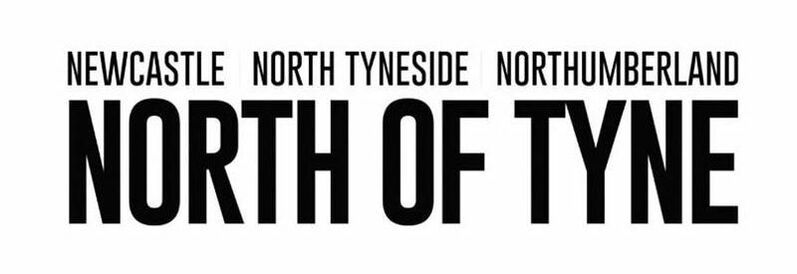

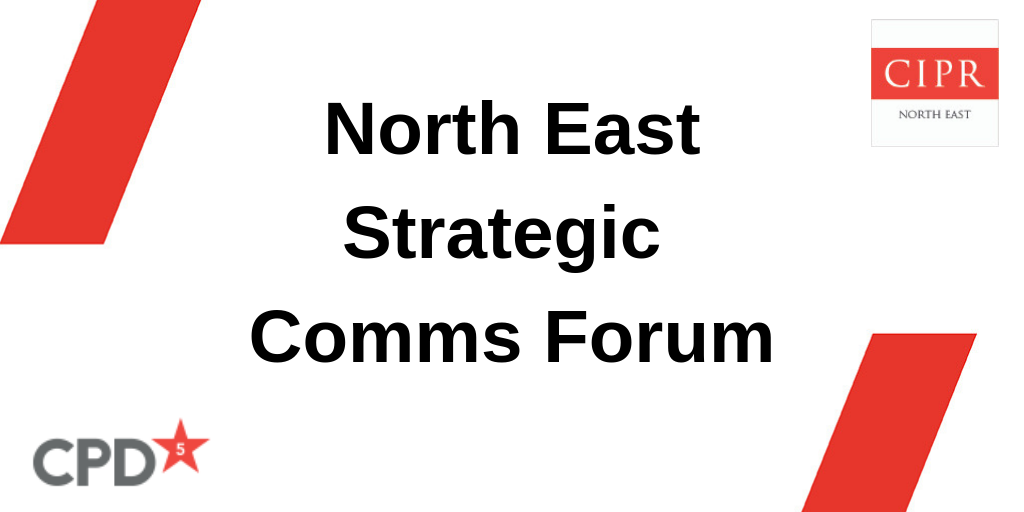
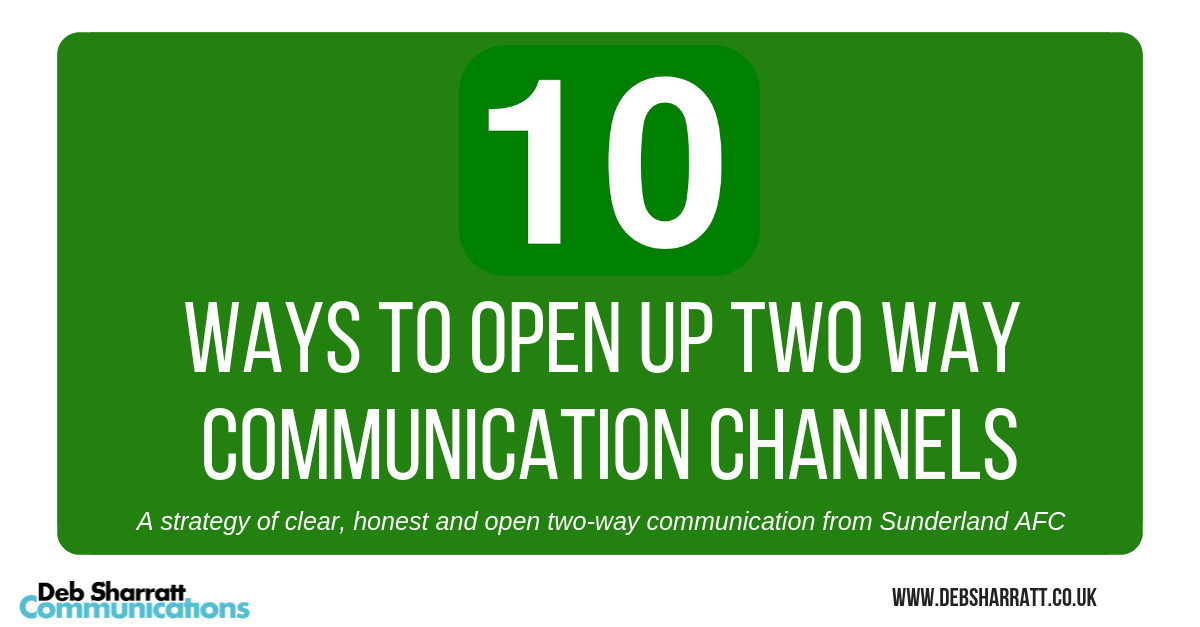
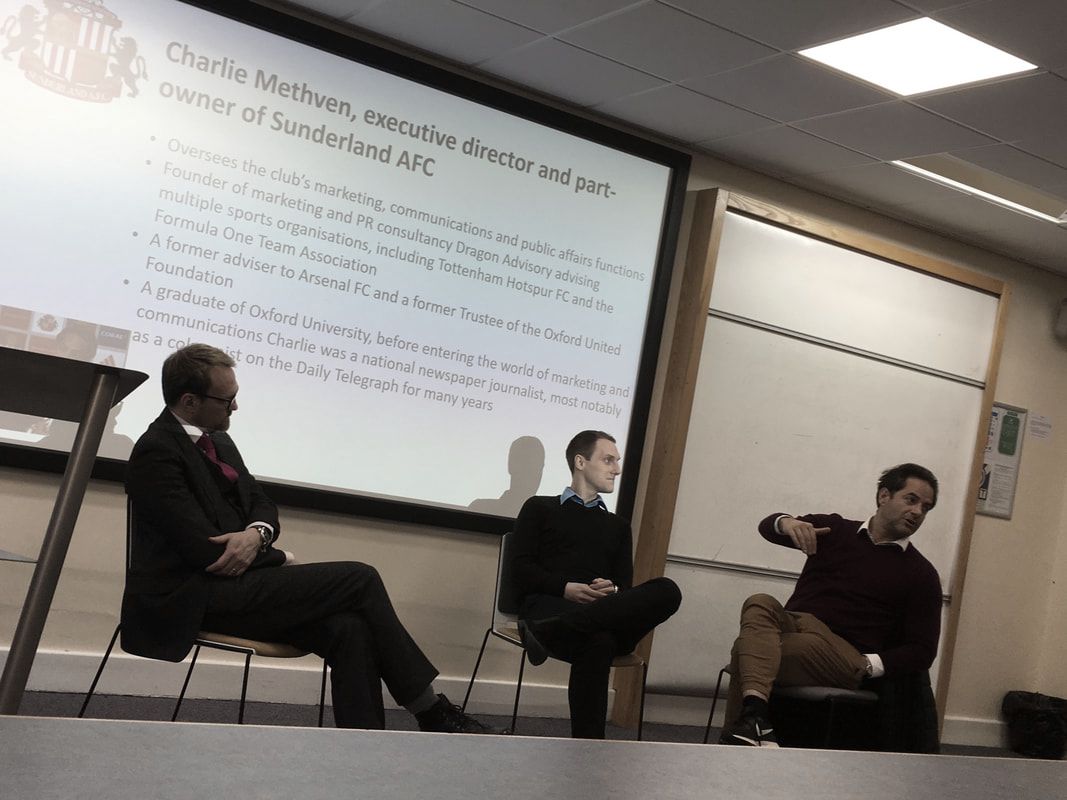

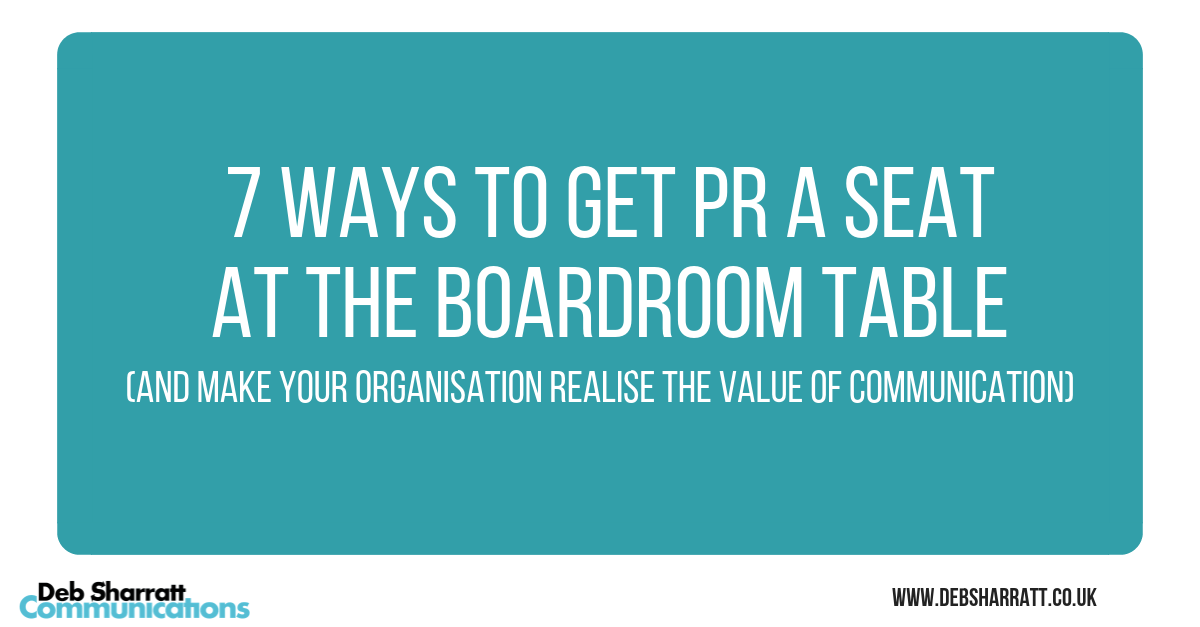
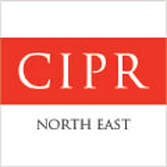
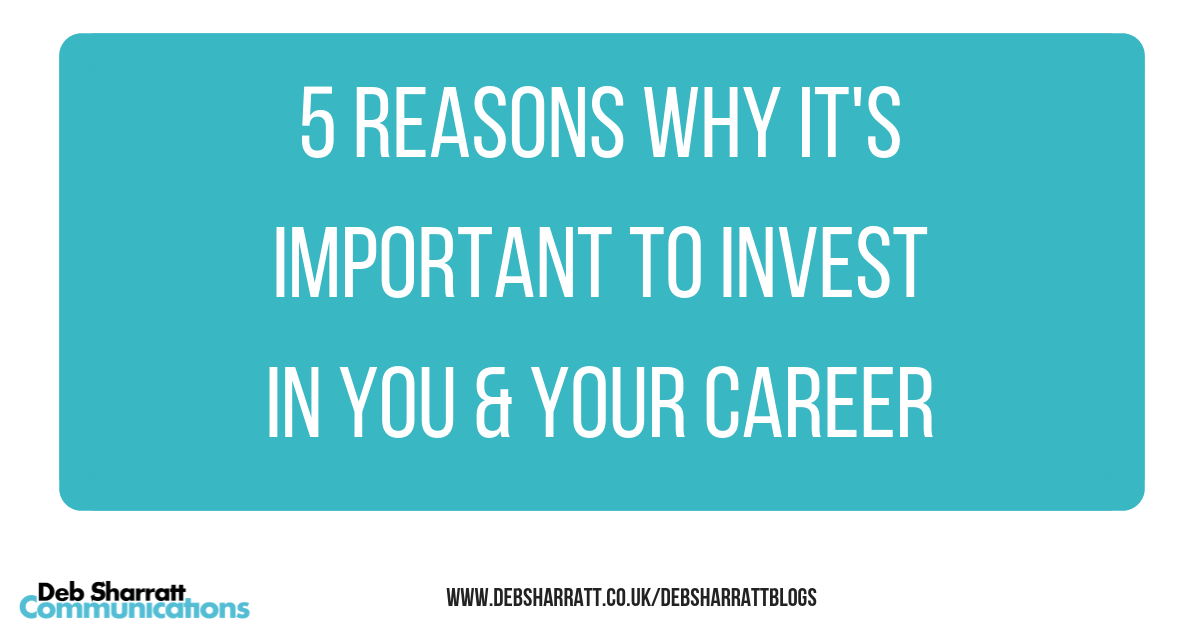
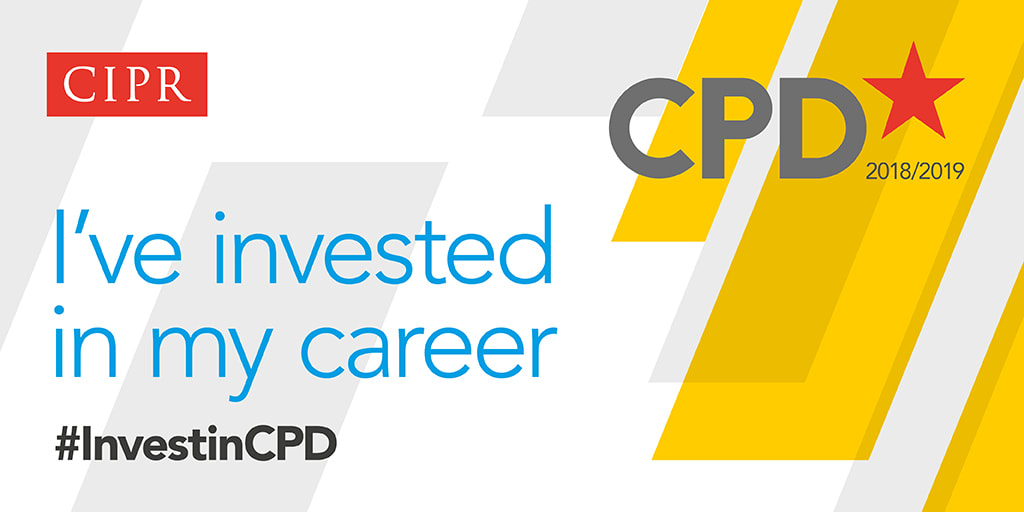
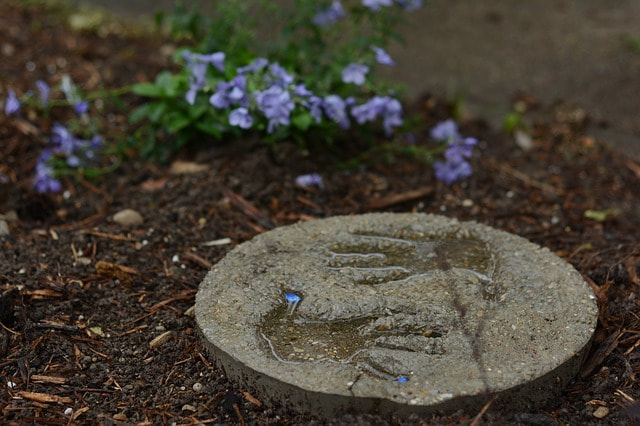






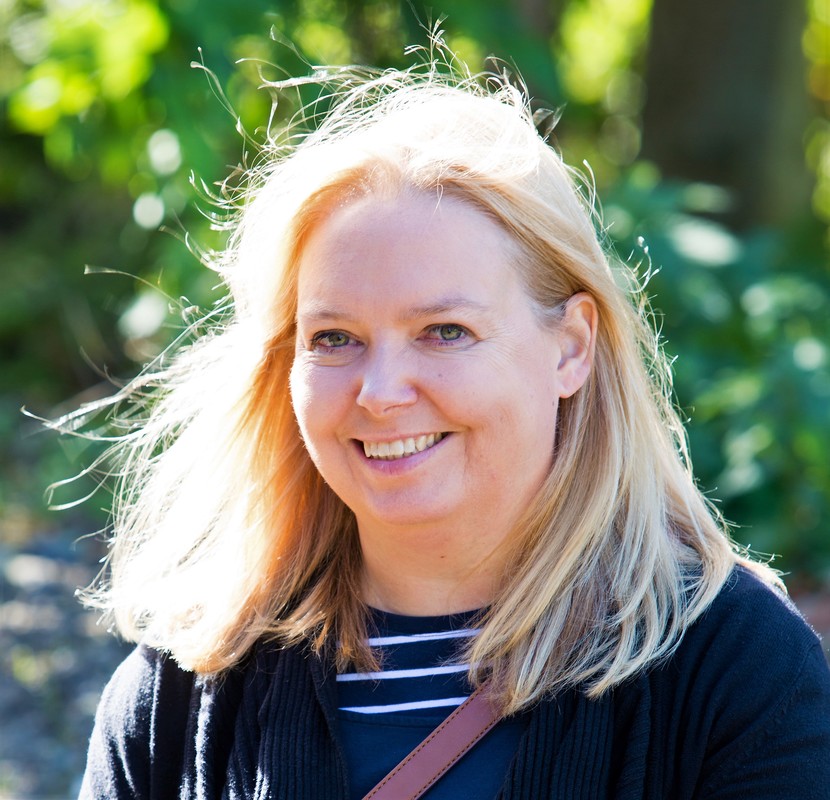

 RSS Feed
RSS Feed
